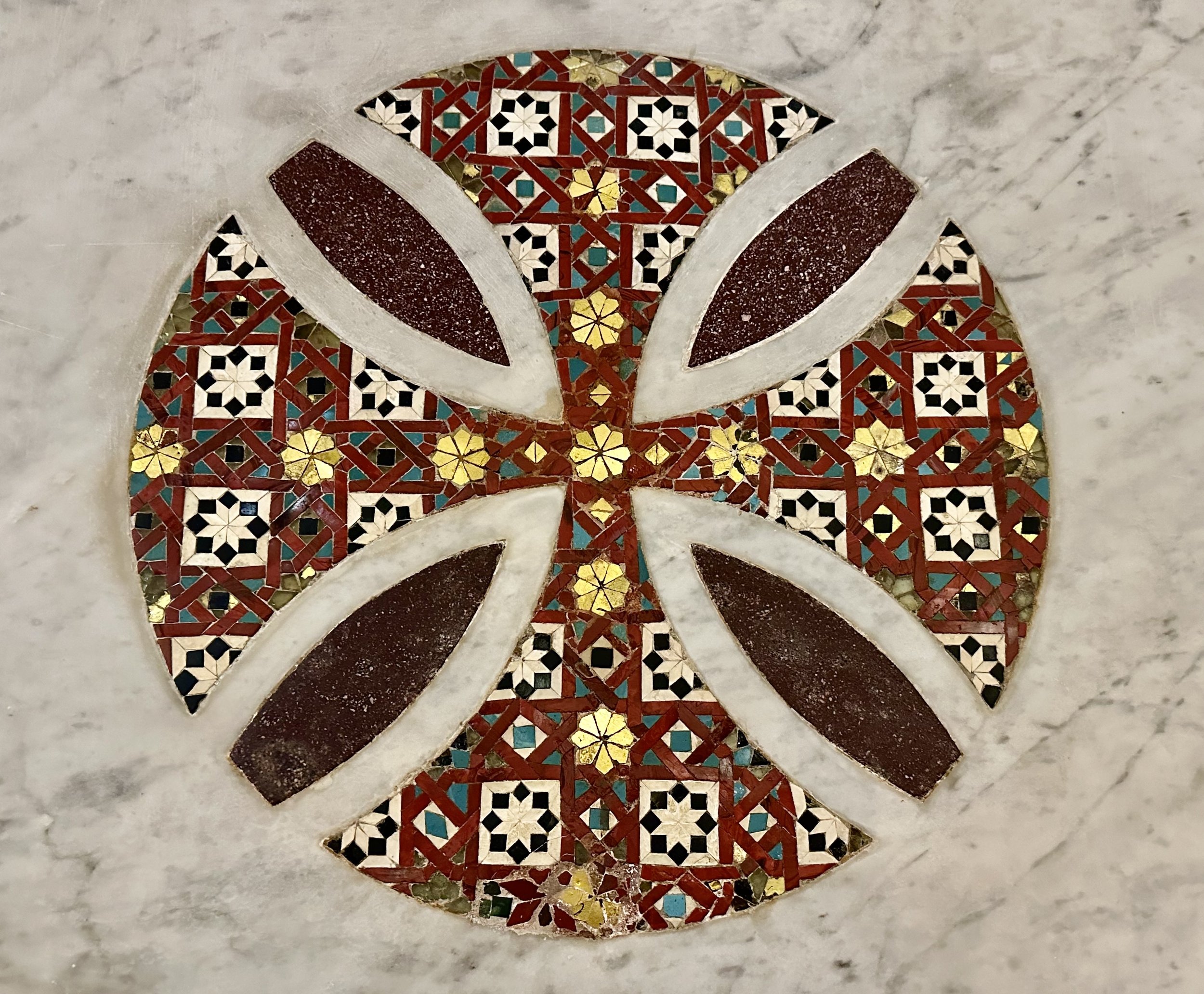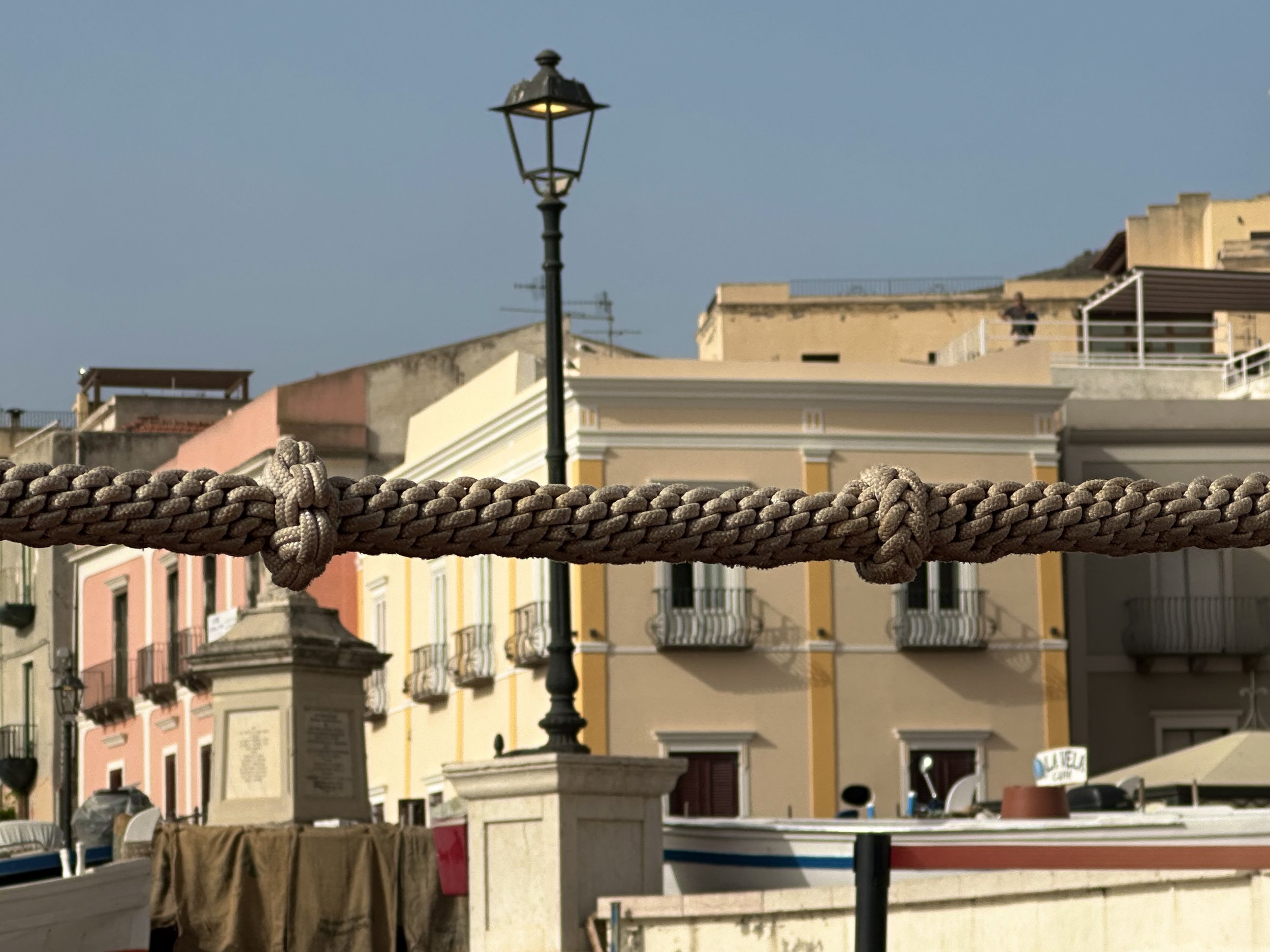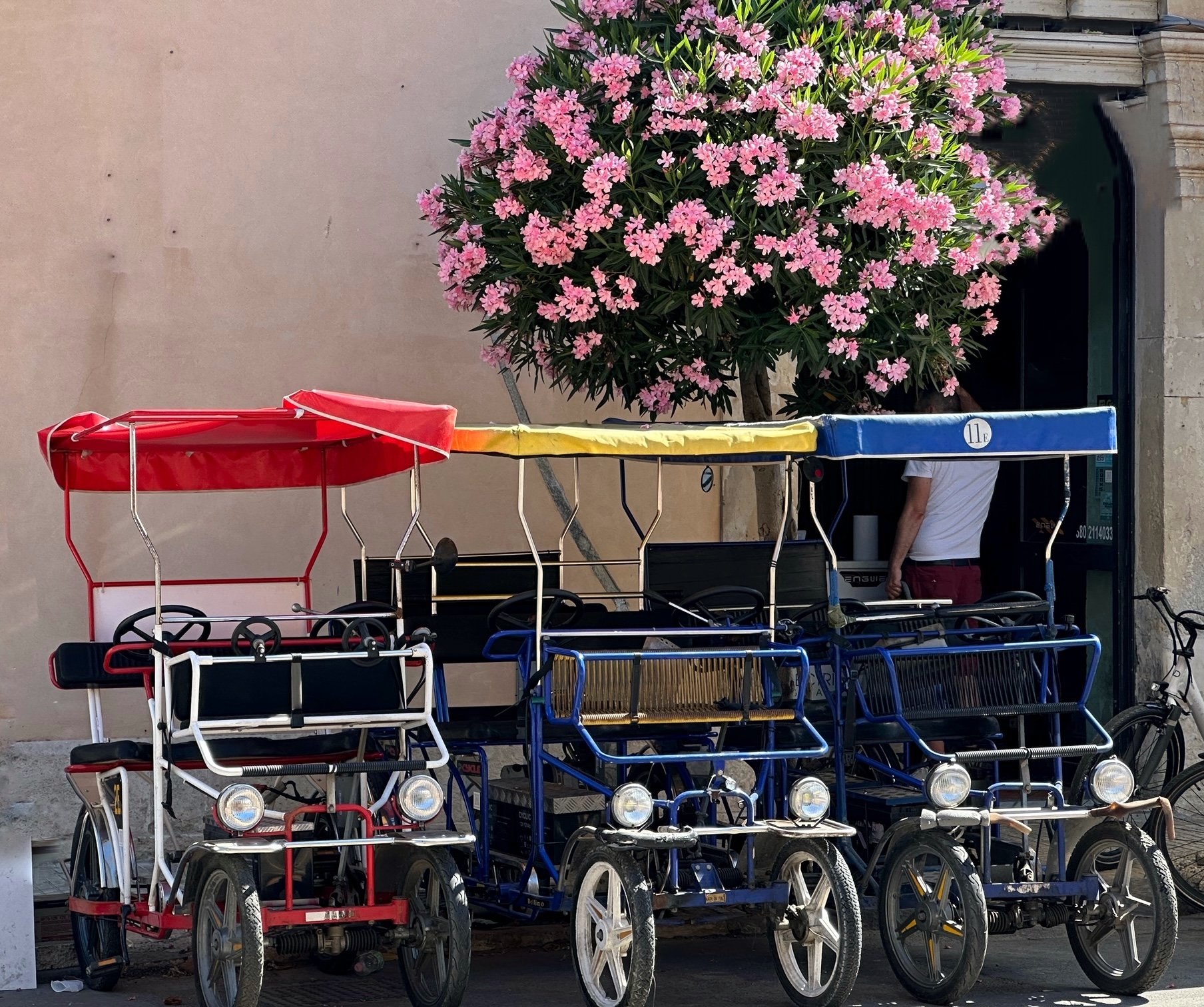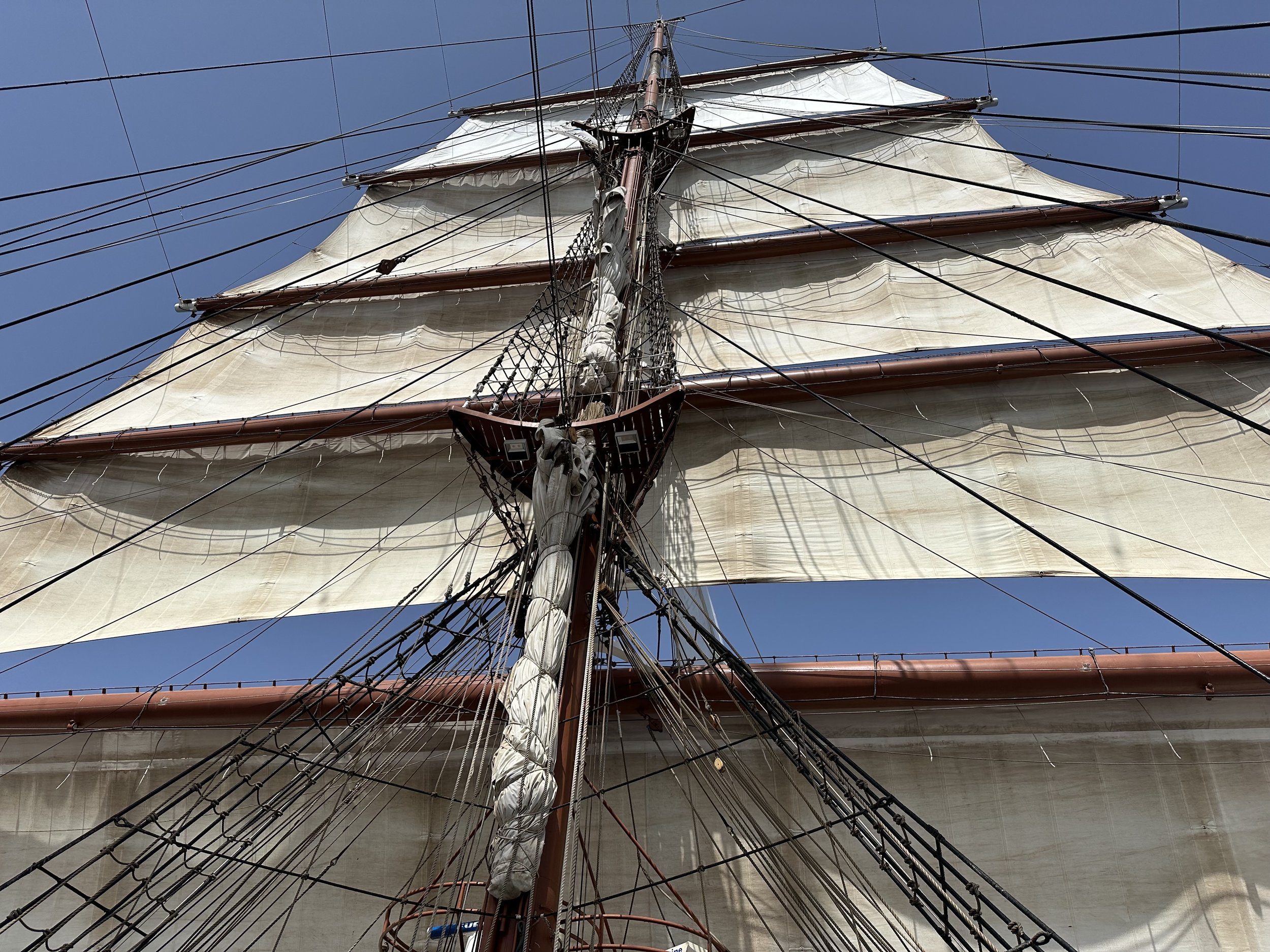At a Crossroads
Sicily is quintessentially a crossroads of Mediterranean civilizations. Phoenician, Greek, Roman, Norman, Ottoman, Spanish and, of course, Italian, the list goes on. To catch a glimpse of the rich and diverse cultural layers that came to form such a melting pot for over three millennia, David and I were able to circumnavigate the island — the largest in the Mediterranean. In conjunction with Yale University and other academic institutions, our “vehicle” was the impressive and elegant Sea Cloud 2. This week-long voyage also offered expert lecturers and local guides providing insight into this enticing part of the world.
Sea Cloud 2
Little did I realize before boarding that traveling with sails (just some of the time since three knots was our maximum) would bring me back centuries. But with no responsibilities!
Like the process of uncoiling ropes, I hoped to gain a certain perspective on the evolution of this rocky and volcanic island all with invasions, takeovers, wars and resistance highlighted by Greek and Roman temples and amphitheaters, Norman, Byzantine and Baroque churches, not to mention palaces and fortresses overshadowing narrow winding streets. And let’s not forget its vineyards, olive, citrus and almond tree groves.
In no way, with just a one week glimpse, can I do justice with either words or images to Sicily’s unique cultural and geographic identity. Below are a few highlights beginning with the Greek, never completed and intriguing Segesta temple perched high above Trapani Sicily’s west coast.
Segesta
the massive temple of Segesta abandoned before having a roof
Jumping ahead 1.5 millennium or so awaited Palermo’s famed 12th century Norman Byzantine Monreale Cathedral and Cloister. Along with the Palatine chapel its beauty is further enhanced by stunning mosaics. Fortunately, unlike much of Sicily, these structures, now UNESCO World Heritage Sites, did not suffer major damage during the Second World War.
Monreale Cathedral and Cloister, Palermo
one of many unique carved capitals
The shimmering Byzantine and Arab mosaics awaiting within the churches could not be surpassed in their stunning rich detail. It should come as no surprise that Guy de Maupassant would describe the Palatine Chapel as “the most beautiful religious structure dreamt of by human thought.”
(The last image below: the ‘honeycomb’ Muquarnas Arab/Persian ceiling, making such a melding of styles and traditions extraordinary.)





And one can’t forget the need to maintain such splendor.
Bringing us into a more prosaic and not mosaic world is the “everyday” Sicily beginning with the every so lovely island of Lipari.





And then we could visit Mount Etna, the largest volcano in Europe. Active and over 11,000 feet high, I felt lucky to partially ascend this moonscape thanks to a combo of a gondola, 4 wheel drive and a little hiking towards the cauldron. Just yesterday though it erupted!



Siracusa, our final cultural destination before sailing back to Malta:
Hard at work either on an archeological dig or on the sea.


Full moon over the starit of messina with the mainland on the horizon











